
notizieacolori La principessa Qajar amata da più di cento uomini
La realidad es que la mujer que aparece en la foto no es Zahra Khanom Tadj es-Saltaneh (la verdadera princesa iraní), sino Anis-Al Doleh, una de las mujeres favoritas del sah de Persia Nasereddin.
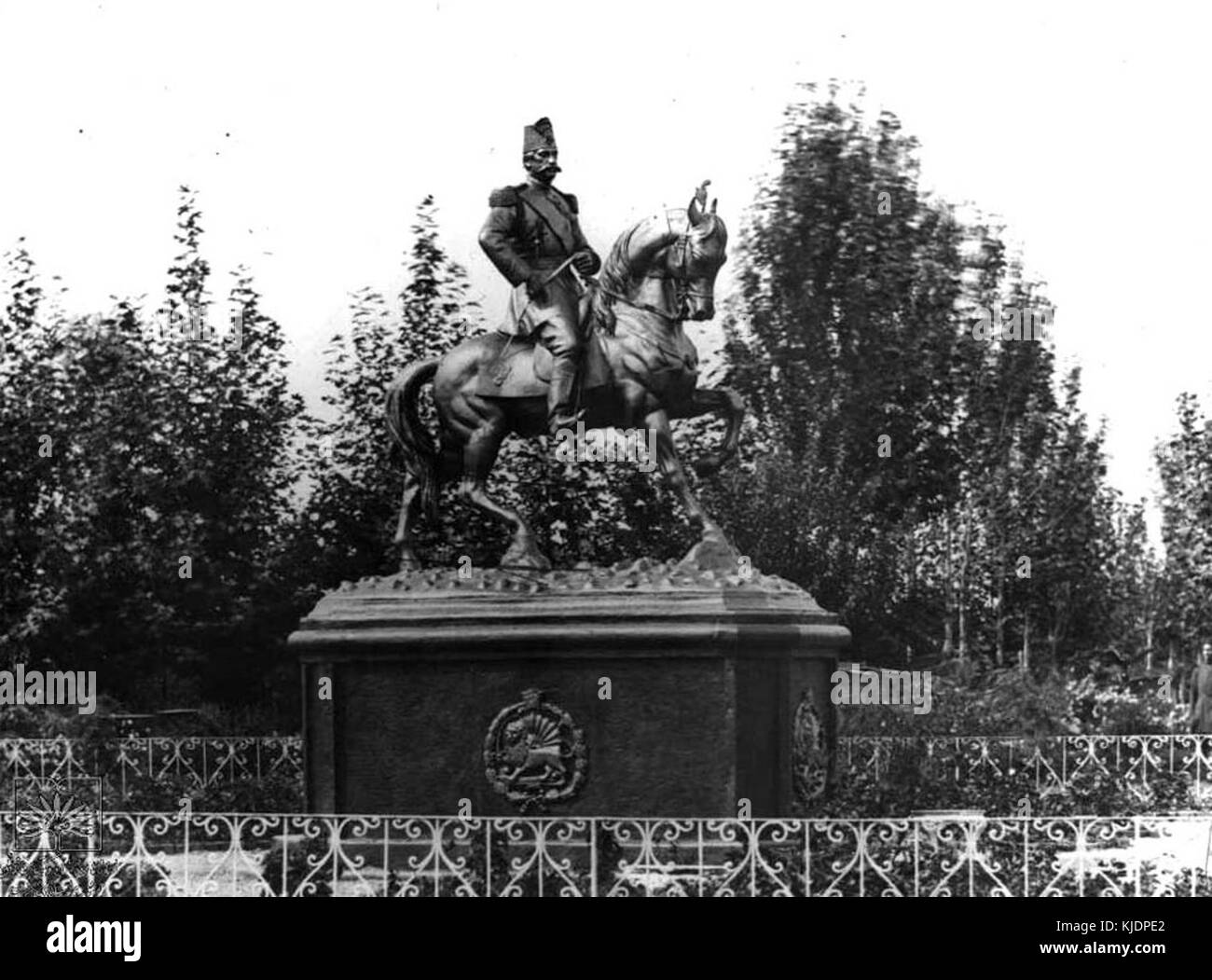
Qajar Naseroddin Shah Statue Bagheshah Stock Photo Alamy
Princess Fatemeh Khanum "Esmat al-Dowleh" was the princess of Persia, modern-day Iran. She was the daughter of King Nasir al-Din Shah Qajar, who ruled Persia from 1848 to 1896 and one of his wives Taj al-Dowleh. People today look at her historic pictures and laugh. And nobody ever fails to notice her thick mustache, unibrow, and the fact.

tourist travel and safe in iranvisit DIY Tabriz museum of Qajar
The Qajar dynasty (Persian: دودمان قاجار; 1789-1925) was an Iranian dynasty founded by Mohammad Khan (r. 1789-1797) of the Qoyunlu clan of the Turkoman Qajar tribe.. The dynasty's effective rule in Iran ended in 1925 when Iran's Majlis, convening as a constituent assembly on 12 December 1925, declared Reza Shah, a former brigadier-general of the Persian Cossack Brigade, as the.

La Principessa Qajar Roby Photos
The Qajar dynasty roughly corresponds to what historian Eric Hobsbawm called "the long 19th century," which began with the French Revolution in 1789 and ended with World War I. Persia's.
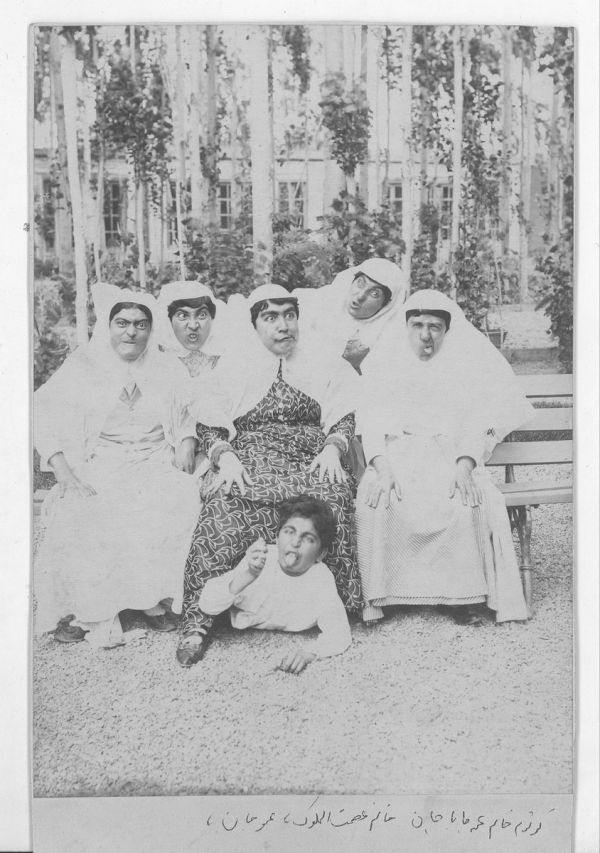
Women's Worlds in Qajar Iran
La leggenda narra che la amarono più di cento uomini. "La principessa iraniana della dinastia Qajar ebbe più di cento pretendenti e 13 di loro si suicidarono quando lei li rifiutò". Avrai sicuramente già visto in giro per il web le foto di questa donna accompagnate dalle parole di cui sopra.

The Art History Journal Qajar art
Princess Zahra Khanom Tadj es-Saltaneh or the princess of Qajar was the symbol of beauty in Iran not only because people considered her a beautiful woman but also because she was smart and outspoken. She was a feminist and a groundbreaker for women's rights in Persia. She was the memoirist of the Qajar Dynasty, a writer, a painter, an.

Incógnita… seeeeeráááá???? Maryworks
La princesa Zahra Khanum Taj al-Saltaneh. HARVARD UNIVERSITY. Nacida en 1884, Taj al-Saltaneh fue testigo cercana de la decadencia y últimos suspiros de la monarquía Qajar, junto con el cambio.

Poo4u Prenses, Tarihçi, Güzellik
Zahra Khanom or Taj al-Saltaneh (1884 - 25 January 1936; Persian: تاجالسلطنه) also known as Princess Qajar, was a princess of the Qajar dynasty, known as a feminist, a women's rights activist and a memoirist.She was the daughter of Naser al-Din Shah, the King of Persia from 1848 to May 1896. She was the love interest of Yousef Abdu Aref Qazvini who wrote his poem Fe eh ya Qajar.
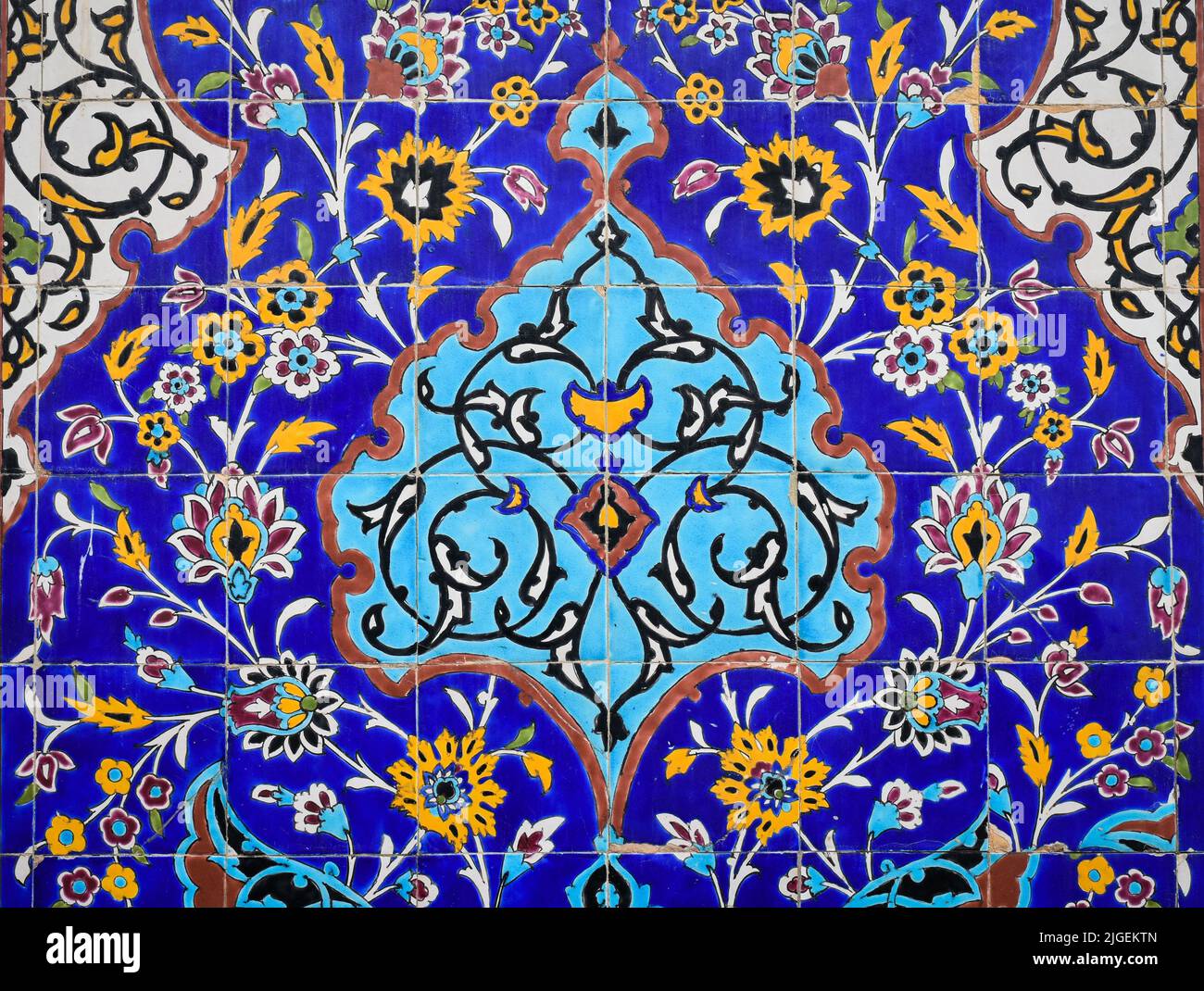
The beautiful and historical wall of Tehran's Golestan Palace, the
The legendary "Princess Qajar" is actually a conflation of two 19th-century Persian royals — Fatemeh Khanum "Esmat al-Dowleh" and Zahra Khanum "Taj al-Saltaneh.". Women's Worlds in Qajar Iran Photos of "Princess Qajar" have gone viral but they barely touch on the truth about this Persian princess. They say that a picture is worth a.
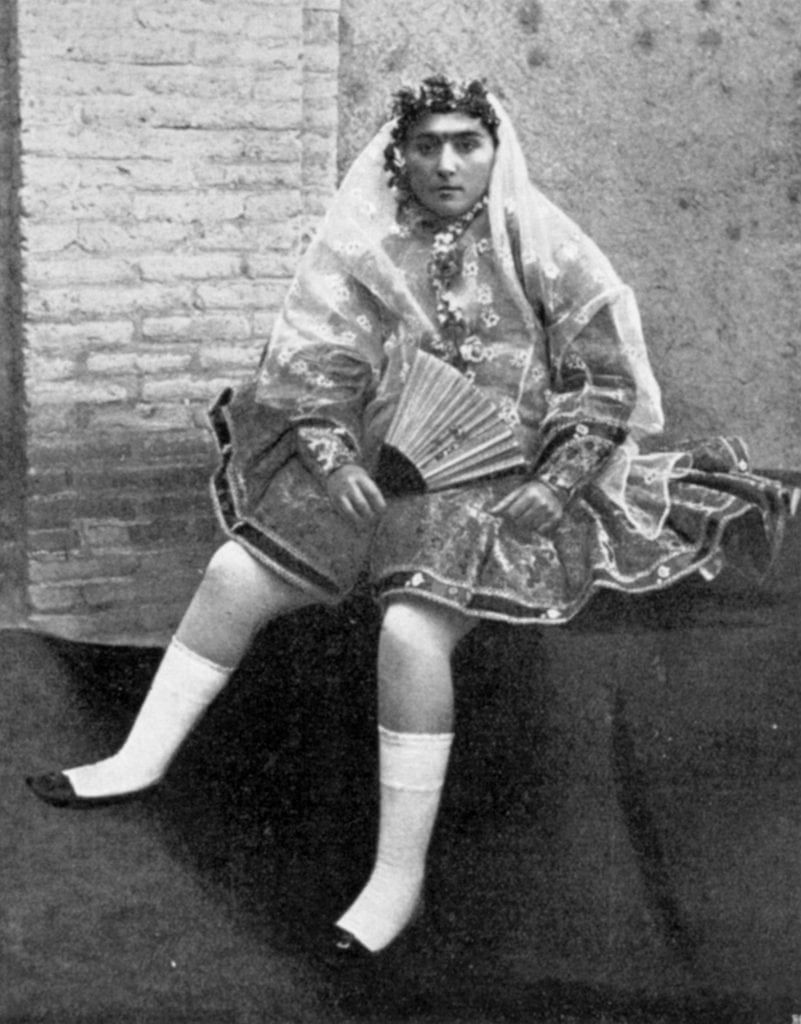
The untold truth of a beauty symbol of Persia Princess Qajar
The Qajar dynasty was an Iranian royal dynasty of Turkic origin, specifically from the Qajar tribe, ruling over Iran from 1789 to 1925. She had four children, two daughters and two sons from her husband Amir Hussein Khan. In the 19th century, masculine features were appreciated in women. Besides, feminine features were appreciated in men.

Lovers (Qajar art Stock Photo Alamy
La princesa Qajair nació en Irán en 1883 y murió en 1936 a la edad de 53 años. Su nombre completo era Zahra Khanom Tadj es-Saltaneh y fue una princesa persa y memorista de la Dinastia Kayar o Qajair. Su familia estuvo en el poder desde 1785 hasta 1925, cuando la dinastía Pahlaví los derrocó. Se dice que, por su belleza, fue la musa del.

Premium AI Image Traditional Qajar Fashion
Zahra Khanom Tadj es-Saltaneh, la vera principessa. La leggenda su Facebook narra che ben 145 uomini dell'alta nobiltà furono suoi pretendenti e che 13 di loro si tolsero la vita dopo essere stati rifiutati, inoltre dice che veniva considerata da molti come un simbolo di perfezione e bellezza.
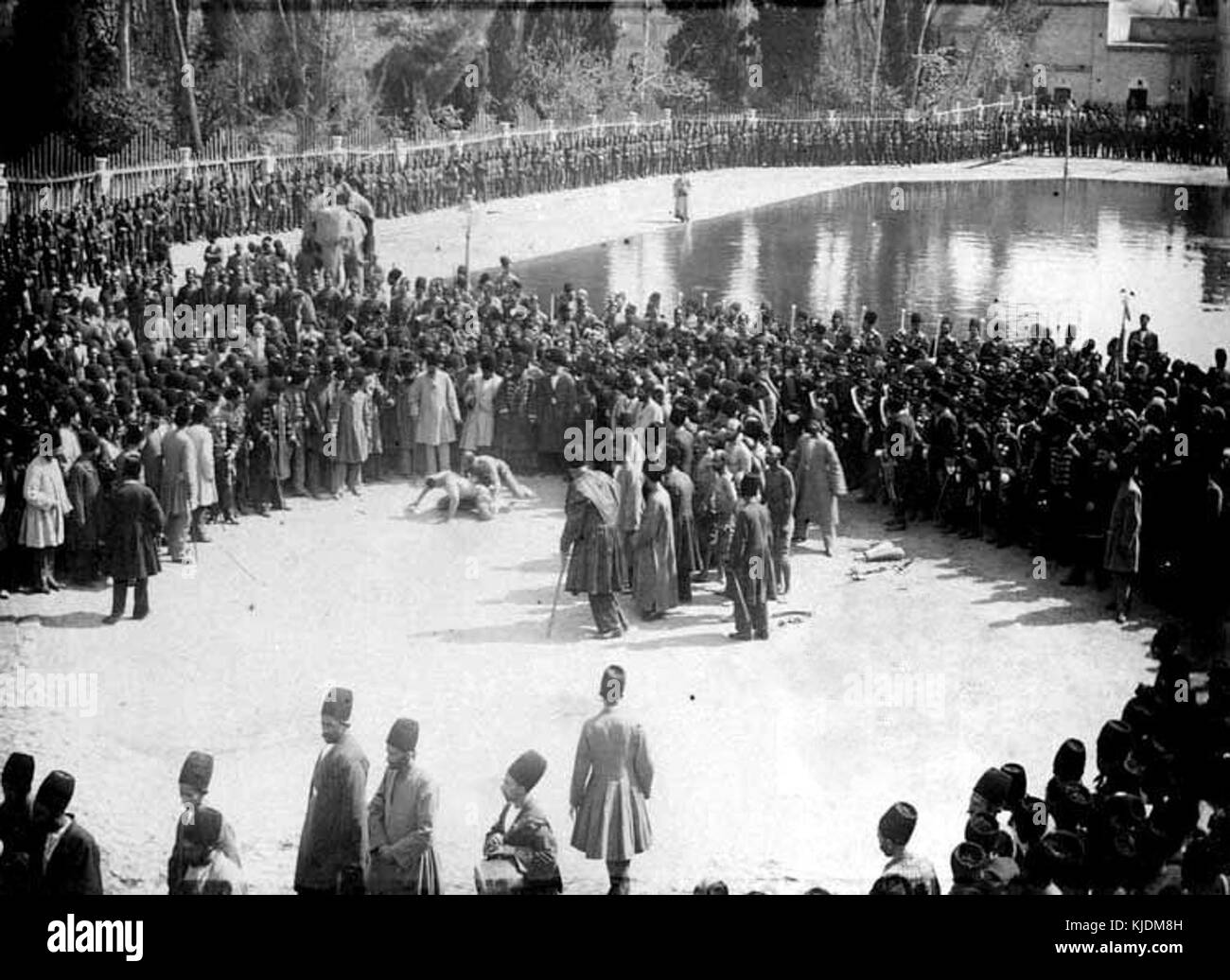
Old Tehran Ark Sq. Qajar Era Stock Photo Alamy
PER AIUTARE IL CANALE:- LISTA AMAZON https://www.amazon.it/hz/wishlist/ls/1X6BG0DQA1WJ0?ref_=wl_share- DONAZIONE PAYPAL a [email protected].

Qajair princess who had 145 suitors and 13 of them took their own lives
Fra le bellezze di fine '800 inizio '900 si ricorda la principessa Tāj-al-Salṭana (1883-1936) , della stirpe della dinastia Qajar, figlia di Nasser al-Din Shah Qajar e della moglie Turan es-Saltaneh, che venne fotografata insieme alle donne dell'harem e in ritratti personali.
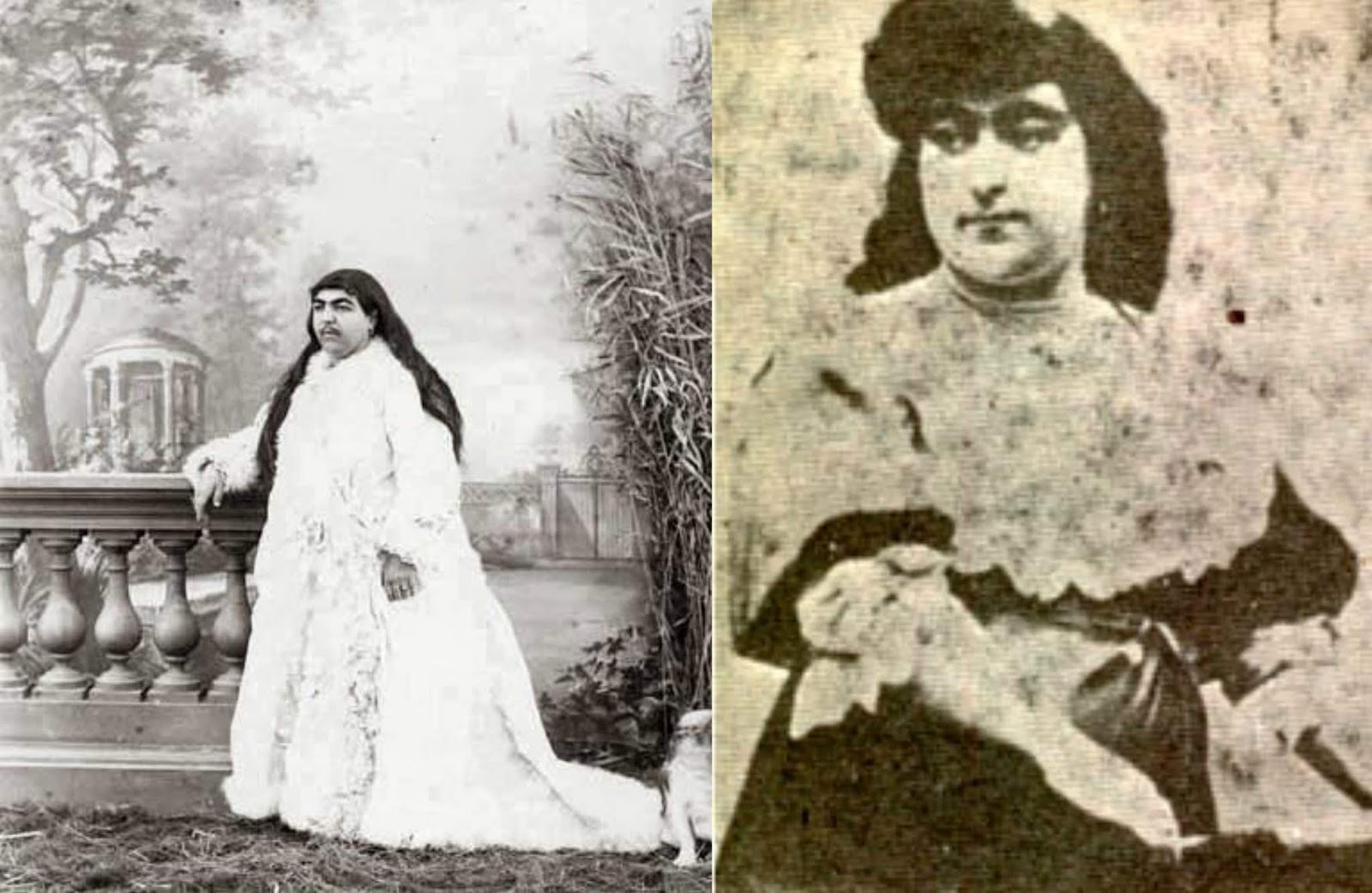
The Truth about “Princess Qajar,” the Royal Lady with the Mustache
Qajar Iran (/ k ɑː ˈ dʒ ɑːr / kah-JAR listen ⓘ), also referred to as Qajar Persia, the Qajar Empire, Sublime State of Persia, officially the Sublime State of Iran (Persian: دولت عَلیّهٔ ایران Dowlat-e 'Aliyye-ye Irân) and also known as the Guarded Domains of Iran (Persian: ممالک محروسهٔ ایران Mamâlek-e Mahruse-ye Irân), was an Iranian state ruled by.

Pin su Inspirational Portraits
The legend of Princess Qajar. The story of Princess Qajar became a 21st Century meme, that was misconstrued from some ambiguous and fictitious information about a glorious era in the history of Persia (now Iran) during the 19 th Century. The fallacy circulated and expanded, and the story of a Princess Qajar (or rather two) grew wings and went viral.